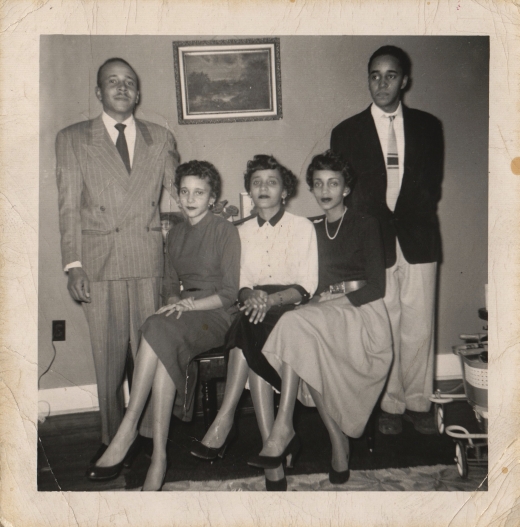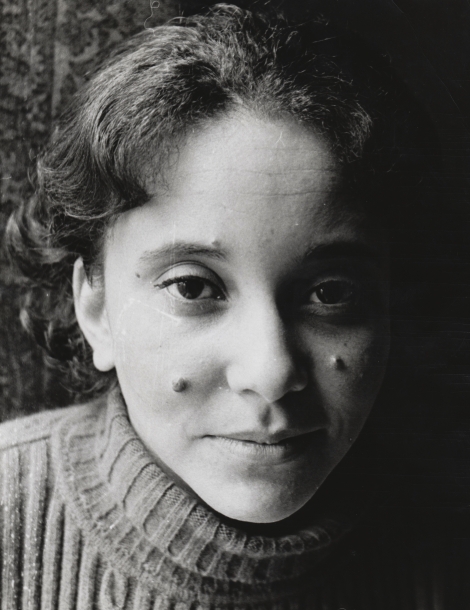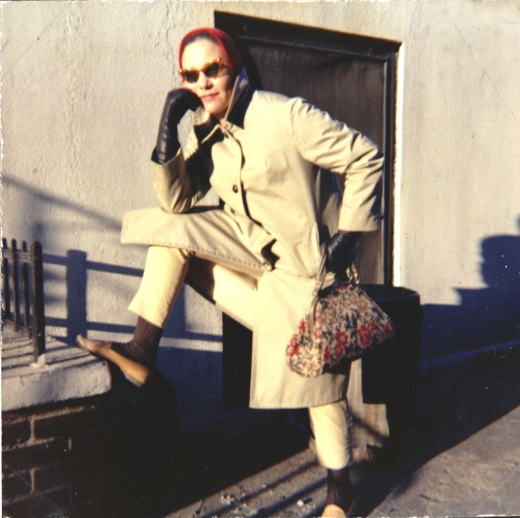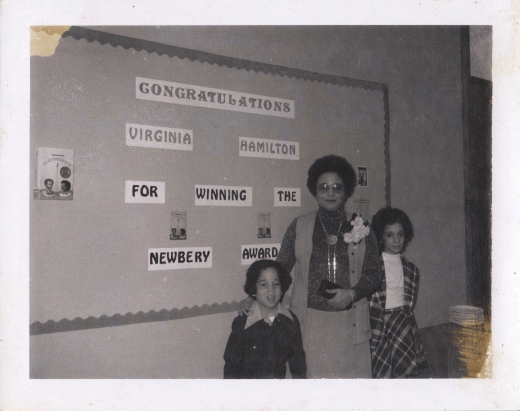Mystery of Drear House (19 page)
Read Mystery of Drear House Online
Authors: Virginia Hamilton
Thomas laughed, clearly seeing the past linked to the present: the Drear house alive with the living; all past struggles and troubles brought to light in the present. He nudged Macky as Pesty and Mr. Pluto went back inside. “Ghosts!” he murmured. They both laughed.
“You want to hunt tomorrow?” Macky asked him.
“Will the snow stop?”
“Might by then,” Macky said. “We’ll have to go farther out, off Drear land. And our land. The foundation folks want no hunting near or on their grounds.”
“Really?” Thomas said. “We can go as far as you want, after school.”
“Then, on Saturday, we can hunt all day.” Macky said.
Thomas felt his heart leap. “Okay!” he said.
He would follow Macky. Let him find a trail of something. Or let him shoot first, out over a pond somewhere—see how he bagged his birds.
I’ll bring some sandwiches, Thomas thought. And ice skates! Let him lead. For a while. It’ll be a long winter. Somewhere in it I’ll lead.
Friends take turns. He grinned like a kid at Macky’s broad back.
They went inside where it was warm.
Virginia Hamilton (1934–2002) was the author of forty-one books for young readers and their older allies, including
M.C. Higgins, the Great
, which won the National Book Award, the Newbery Medal, and the Boston Globe-Horn Book Award, three of the most prestigious awards in youth literature. Hamilton’s many successful titles earned her numerous other awards, including the international Hans Christian Andersen Award, which honors authors who have made exceptional contributions to children’s literature, the Coretta Scott King Award, and a MacArthur Fellowship, or “Genius Award.”
Virginia Esther Hamilton was born in 1934 outside the college town of Yellow Springs, Ohio. She was the youngest of five children born to Kenneth James and Etta Belle Perry Hamilton. Her grandfather on her mother’s side, a man named Levi Perry, had been brought to the area as an infant probably through the Underground Railroad shortly before the Civil War. Hamilton grew up amid a large extended family in picturesque farmlands and forests. She loved her home and would end up spending much of her adult life in the area.
Hamilton excelled as a student and graduated at the top of her high school class, winning a full scholarship to Antioch College in Yellow Springs. Hamilton transferred to Ohio State University in nearby Columbus, Ohio, in order to study literature and creative writing. In 1958, she moved to New York City in hopes of publishing her fiction. During her early years in New York, she supported herself with jobs as an accountant, a museum receptionist, and even a nightclub singer. She took additional writing courses at the New School for Social Research and continued to meet other writers, including the poet Arnold Adoff, whom she married in 1960. The couple had two children, daughter Leigh in 1963 and son Jaime in 1967. In 1969, the family moved to Yellow Springs and built a new home on the old Perry-Hamilton farm. Here, Virginia and Arnold were able to devote more time to writing books.
Hamilton’s first published novel,
Zeely
, was published in 1967.
Zeely
was an instant success, winning a Nancy Bloch Award and earning recognition as an American Library Association Notable Children’s Book. After returning to Yellow Springs with her young family, Hamilton began to write and publish a book nearly every year. Though most of her writing targeted young adults or children, she experimented in a wide range of styles and genres. Her second book,
The House of Dies Drear
(1968), is a haunting mystery that won the Edgar Allan Poe Award.
The Planet of Junior Brown
(1971) and
Sweet Whispers, Brother Rush
(1982) rely on elements of fantasy and science fiction. Many of her titles focus on the importance of family, including
M.C. Higgins, the Great
(1974) and
Cousins
(1990). Much of Hamilton’s work explores African American history, such as her fictionalized account
Anthony Burns: The Defeat and Triumph of a Fugitive Slave
(1988).
Hamilton passed away in 2002 after a long battle with breast cancer. She is survived by her husband Arnold Adoff and their two children.
For further information, please visit Hamilton’s updated and comprehensive website:
www.virginiahamilton.com

A twelve-year-old Hamilton in 1948, when she was in the seventh grade.

Hamilton at a New York City club while she was a student at Antioch College in the mid-1950s. She often performed as a folk and jazz vocalist in clubs and larger venues.

Hamilton with her brothers, Buster and Bill, and sisters, Barbara and Nina, around 1954.


Hamilton’s head shots. The first was taken while she was a teenager in the early 1950s. The second was taken in her New York City apartment in the late 1960s, before she and Adoff built their house in Yellow Springs.

Hamilton outside of her first New York City apartment, which she shared with Adoff, around 1960. The couple moved to a below-street-level single room on Jane Street and, Adoff says, “thought we were such hot stuff, living in the Village and taking our places in that wonderful and long line of writers banging their heads against the wall . . . but in style.”

Adoff and Hamilton in Gibraltar in 1960, after a hard day of shopping and climbing the rock seen in the photo. As Adoff recalls, “This was the first time I convinced Virginia to sell everything but the books and leave America forever. It was also our delayed honeymoon. We made our way from Bremen to Paris to Málaga to a residency in Torremolinos, Spain, where we worked on our manuscripts and took side trips. This was one of them.”

Taken in 1965 in Argelès-plage, France, this photo shows the building where Hamilton and Adoff rented an apartment during what Adoff calls their “second time leaving America forever . . .”

Hamilton, Jaime, and Leigh at a reception at the Yellow Springs Public Library in 1975 after she received the Newbery Medal.